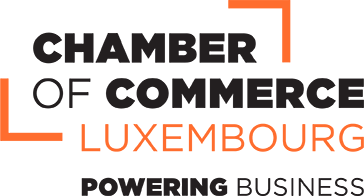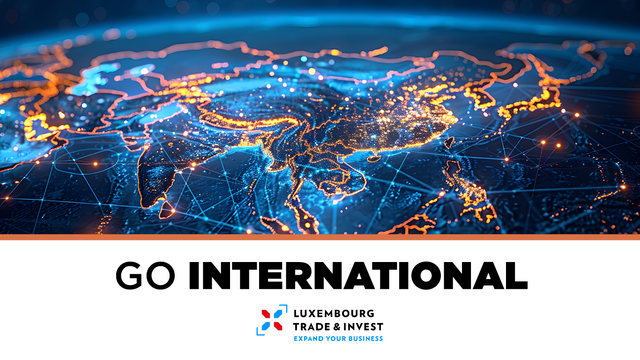
Chapitres
Uzbekistan has implemented bold reforms in recent years, liberalizing its economy and improving prospects for private sector development. Since 2017, with an average GDP growth of 5.3%, the country has become one of the world’s top reformers, outperforming many lower-middle-income economies.
Source: World Bank
Vos conseillers auprès de la Chambre de Commerce

Regina Khvastunova
Contactez-nous: centralasia@cc.lu
Indicateurs clés
- Surface
- 447,400 km2
- Population
- 37.1 (2024)
- Type de gouvernement
- presidential republic; highly authoritarian
- Langues
- Uzbek (official) 74.3%, Russian 14.2%, Tajik 4.4%, other 7.1%
- PIB
- $121.4 billion (2024)
- Taux de croissance
- 6% (2024)
- HDI
- 55
- Capitale
- Tashkent
Indicateurs macroéconomiques
Uzbekistan’s GDP grew by 7.2% in the first half of 2025, driven by strong private consumption and net exports. Real household consumption rose by 9.5% in H1 2025, supported by higher wages and remittances. Investment increased by 5.5%, led by FDI in agriculture, transport, construction, and renewable energy.
Exports expanded by 29.1% in H1 2025 (in US dollars), mainly in gold, uranium, fruits, and services, while imports rose by 7% in the same period, reflecting stronger demand for food, metals, and machinery.
The current account surplus reached 6% of GDP in H1 2025, compared to a deficit a year earlier, supported by robust remittances (11.2% of GDP). Between January and August 2025, the Uzbek sum appreciated by 3.5% against the US dollar due to higher export revenues. International reserves increased to US$48.7 billion by end-July 2025, equivalent to 10 months of imports.
Source: https://www.worldbank.org/en/country/uzbekistan/overview
IMF Statistics:
| Subject descriptor | 2023 | 2024 | 2025 | 2026 | 2027 |
|---|---|---|---|---|---|
|
All Items, Consumer price index (CPI), Period average, percent change Percent (Units) |
9.957 |
9.626 |
9.129 |
7.273 |
6.298 |
|
Current account balance (credit less debit), Percent of GDP Percent (Units) |
-7.599 |
-4.991 |
-2.418 |
-4.605 |
-4.816 |
|
Current account balance (credit less debit), US dollar US dollar (Billions) |
-7.799 |
-5.738 |
-3.325 |
-7.331 |
-8.575 |
|
Exports of goods and services, Volume, Free on board (FOB), Percent change Percent (Units) |
25.522 |
-1.479 |
9.491 |
10.05 |
7.992 |
|
Gross domestic product (GDP), Constant prices, Percent change Percent (Units) |
6.309 |
6.547 |
6.799 |
6.021 |
5.705 |
|
Gross domestic product (GDP), Current prices, Per capita, US dollar US dollar (Units) |
2848.97 |
3113.335 |
3646.604 |
4135.834 |
4530.221 |
|
Gross domestic product (GDP), Current prices, US dollar US dollar (Billions) |
102.634 |
114.962 |
137.48 |
159.199 |
178.042 |
|
Imports of goods and services, Volume, Cost insurance freight (CIF), Percent change Percent (Units) |
28.499 |
1.039 |
14.798 |
11.414 |
8.3 |
|
Unemployment rate |
6.808 |
5.54 |
5.04 |
4.54 |
4.04 |
Le Luxembourg et le pays
Existing conventions and agreements
Non double taxation agreement
- Convention from 02.07.1997 (Memorial 2000, A, No.85, p.2013)
- Effective as of 01.01.2001 (Memorial 2000, A, No.85, p.2013)
None
Source: Administration des Contributions Directes
Informations supplémentaires
Other Useful Links:



